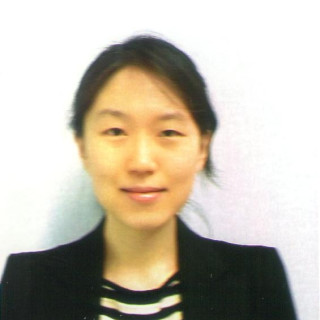
Enthusiasm would be the one word to describe the atmosphere of the 2018 ASH annual meeting. The hallways were buzzing with people greeting acquaintances, discussing presentations, and building networks for future cooperation. Researchers and clinicians from throughout the world were gathered to discuss the latest in hematology. Topics ranging from pediatric to adult diseases as well as benign to malignant hematologic conditions were filling every corner of the San Diego convention center through oral presentations and posters.
The Plenary Session is a condensed version of the meeting where a small number of research findings of high interest are presented in sequence to a large audience. It is a chance to experience the breadth of research presented at the meeting from basic science to clinical trials.
One presentation stood out in particular which was a report of a prospective multi-national trial of hydroxyurea for sickle cell anemia in Sub-Saharan Africa. I recall treating adults with sickle cell disease as an Internal Medicine resident. These patients were often chronically ill and were hospitalized frequently for sickle cell crises. This study was about the use of hydroxyurea in children in low resource countries.
The incidence of sickle cell disease is 20 times higher in Africa compared to the United States and 75 percent of newborns with sickle cell disease are born in Africa. However, clinical research is concentrated in high resource settings. This study showed lower rates of sickle cell-related events in participants such as acute chest syndrome or vaso-occlusive pain. It also showed sustained benefit over three years with a lower rate of malaria and death. Most importantly, the study showed high rates of retention and adherence suggesting the feasibility of such a program in low resource countries.
Later that day in a corner of the convention center a smaller group of attendees were gathered to hear a presentation on the population risk of developing myeloid malignancies. Environmental exposure to benzene and ionizing radiation and the risk of developing myeloid malignancy was reviewed with historical cohort studies. Most interesting was the growing interest in treatment-related malignancy. Cancer survivors are living longer and long-term treatment side effects are important when making clinical decisions of risks and benefits of treatments. One example is radioactive iodine for well-differentiated thyroid cancer. This treatment does not improve survival, however, it does increase the risk for acute myeloid leukemia and myelodysplastic syndrome many years later. Radiation and chemotherapy are also associated with myeloid malignancy.
Population-level trends are easy to overlook when focusing on single diseases or short-term outcomes. However, such findings go beyond simple observations and directly impact decisions we make daily with our patients. With the fear and anxiety associated with cancer, it is sometimes difficult for patients to understand the heterogeneity of cancer and long terms risks associated with treatment. Epidemiologic studies provide data to guide decisions and help us rethink the direction we are taking.
These two very different sessions have reminded me that adding small parts do not always lead to understanding the big picture. Understanding the pathophysiology of sickle cell disease and conducting high-quality clinical trials in the United States is not enough to understand the global burden of sickle cell disease or to improve outcomes in the majority of patients. Clinical trials must be interpreted as a piece of a larger story before reaching a conclusion on the benefits and harms of a type of therapy. This sometimes involves decades of population-level observations that can change the balance between benefits and risks. Taking a step back and looking at the larger picture is helpful and necessary in understanding the field of hematology and providing informed recommendations to our patients and being responsible to patients around the world that are affected by hematologic conditions.
The ASH annual meeting provided valuable insights and I look forward to attending future meetings.
Image by Dmitrii_Guzhanin / gettyimages.
Dr. Myung Sun Kim is a primary care physician in Oregon starting a Hematology-Oncology fellowship in 2019. She is interested in health policy and global health. Participation in the Asian Medical School Association as a medical student started her interest in global health and public health.







